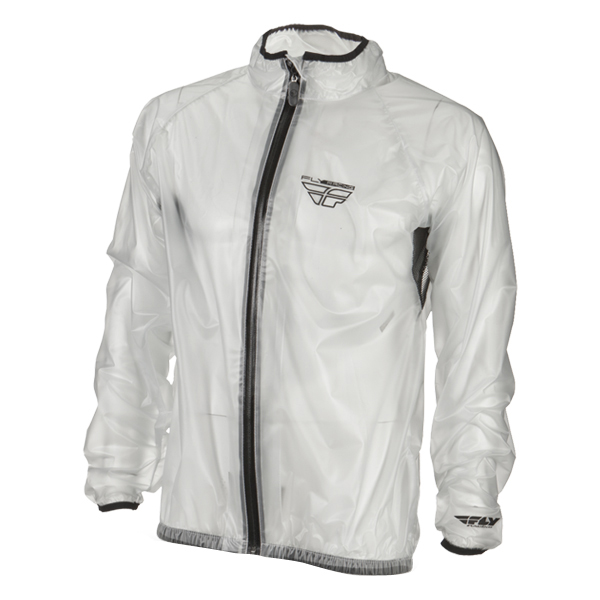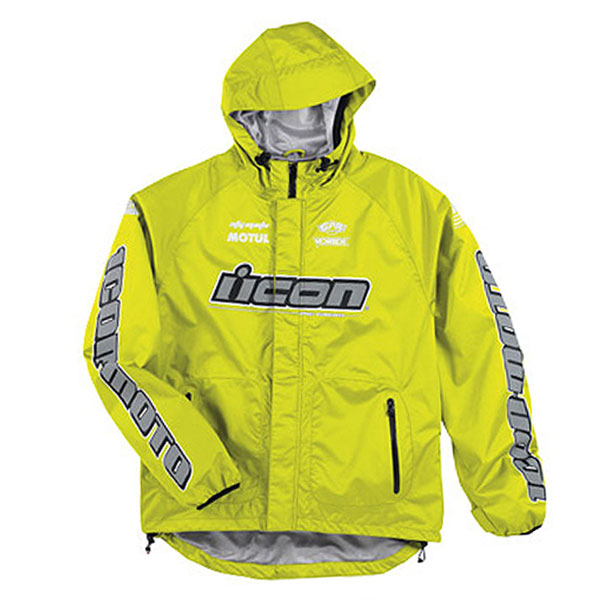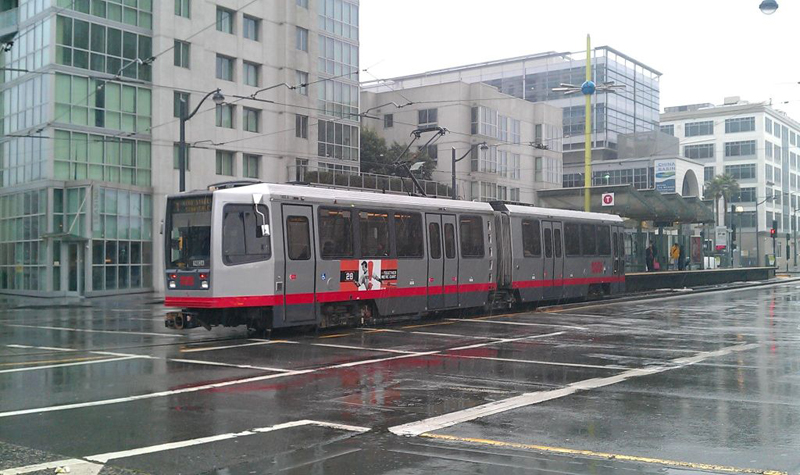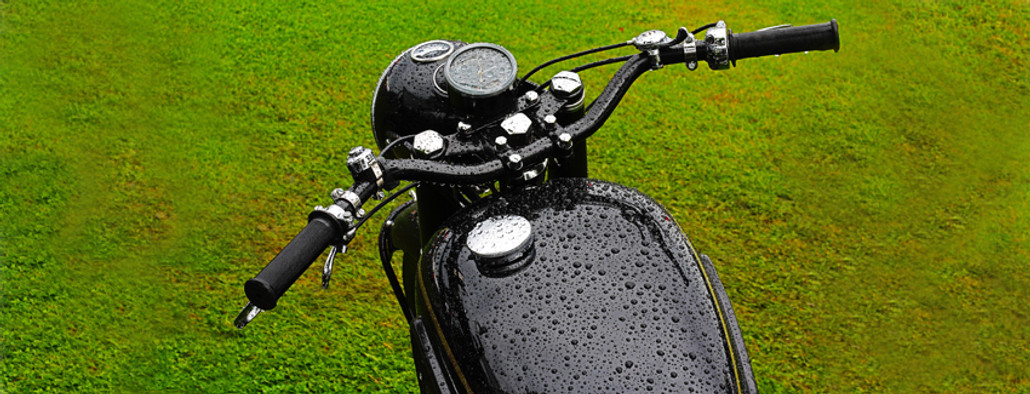|
|
|
|
8.
|
First Rain. If there has been a dry spell and it just started raining, watch out. Dry roads that become wet will for the first few hours become even more slippery. Oil, gasoline and dirt come to the surface making the roads slippery. If at all possible, let it rain for an hour or two before heading out. This way there’s only water on the road. The rest has washed away.
|
|
|
|
|
9.
|
Front versus Rear brakes. It’s a hot discussion topic on many forums, but hitting more than usual the rear brake than the front will result in a more stable bike. Hitting more the front brake can result in the front slipping away, a bit like braking on gravel. Pressing the rear more will result in the rear moving sideways, but that is easier to control. And if you need to hit the brakes, keep the front lined up straight.
|
|
|
|
|
10.
|
Pump the Brakes. When you need to hit the brakes, do NOT pull it at full power, unless you are equipped with ABS (and even then it’s not advisable). Pump the brakes gently and avoid locking the wheels. Locked wheels will result in aquaplaning and you’ll not be able to control the bike after that.
|
|
|
|
|
11.
|
Space. Stay way behind other vehicles on the road in front of you. If a car needs to hit the brakes in an emergency, you do not want to be close behind it. Keep your distance. If some car is too close behind, try to get it to back off by using gestures. Do NOT hit the brakes (brake test).
|
|
|
|
|
12.
|
Relax. Keep your calm and take it easy. Don’t cramp or tense up. Keep cool, relax and ride gently.
|
|
|
|
|
13.
|
Speed. There is a good reason even professional motorcycle racers slow down during the rain. Reduce your speed. In several countries in the world, the law makes you slow down during the rain. So do it naturally. Slow down 10 to 20% of your normal speed.
|
|
|
|
|
14.
|
Helmet Visor. Spray a product like Rain-X on your visor to reduce the amount of water that stays on your visor. Or get gloves with built-in wipers. You need to make sure your vision is close to 100%.
|
|
|
|
|
15.
|
Lighting. When you talk about rain, often it can mean lighting. If there is lighting, your danger level has just increased many folds. Head for cover, but not under a tree. Bridges are usually the safest.
|
|
|
|
So if you are caught in a rainstorm, or knowingly go out in one, just relax. As a final tip, if you live in an area where there is rain, keep light rain gear stashed away in a saddlebag or other storage area.
|
|
|
|
And remember, after any rain is always sunshine.
|
|
|





